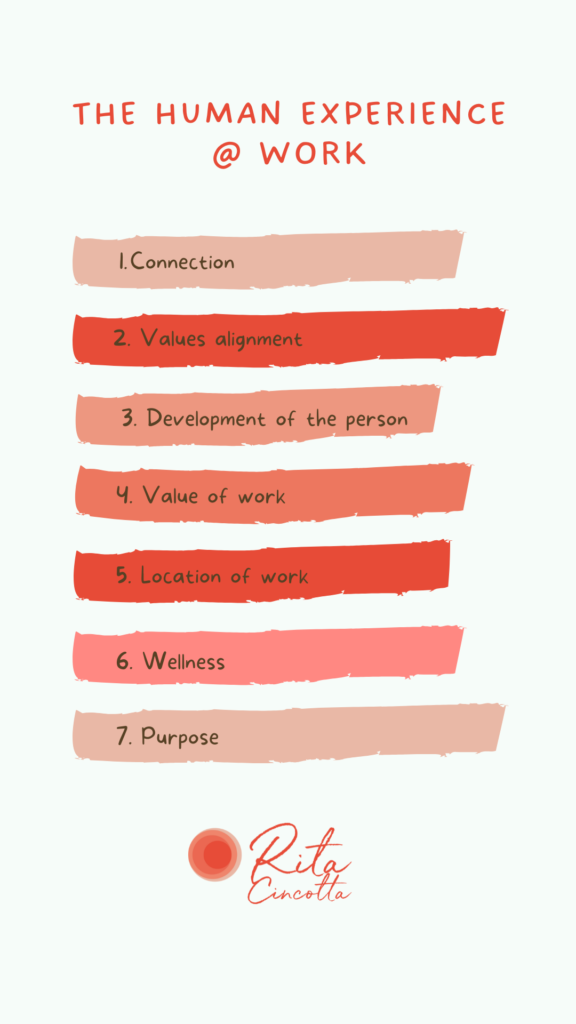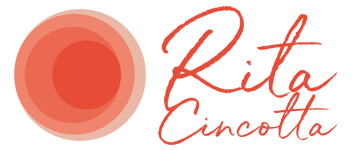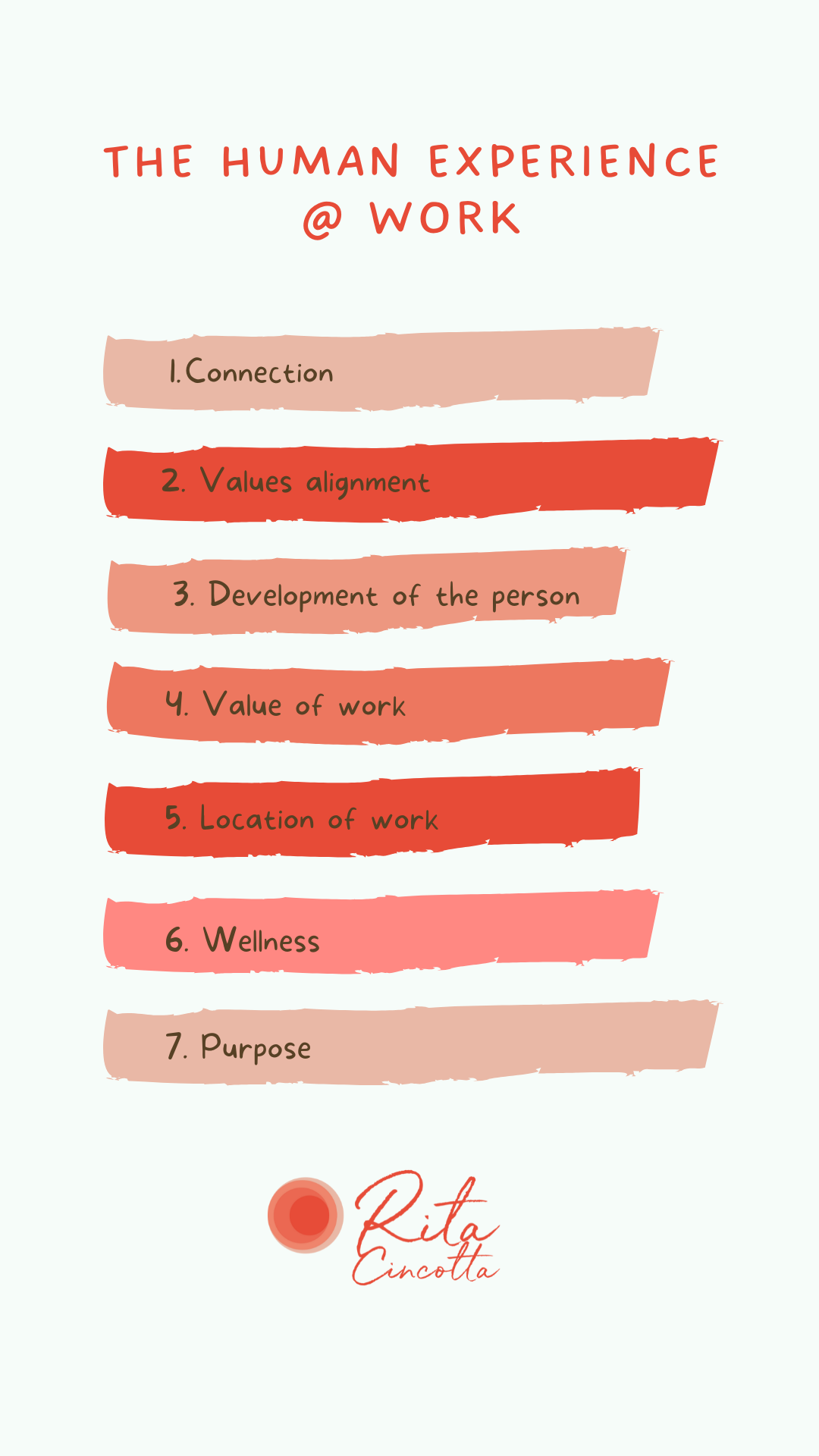As we adapt to a new way of working, we may feel the temptation to return to the old way, whilst resisting the push into a new way of working. New methods of working, creating, collaborating and communicating. Many leaders tell me they are constantly thinking about productivity, engagement of their teams, retention, and how challenging it is to find the resources needed to cater to increasing demands.
Many organisations are finding their rhythm on deciding which days work best for being in the office/workspace and working from home. We observe the contrast of busy offices and streets on some days and the eery quietness on others.
New is here. It’s no longer a futuristic hypothetical. What has defined the workplace in years and decades gone by has changed.
The new workplace focuses on the Human Experience. For many work is no longer a place we go. It is an extension of who we are fully integrated into our way of being. It isn’t defined by a place, a building, a desk, and working within physical teams. We can access all of these things if and when we want if it enhances our human experience.
The human experience can be defined as “a term for the realities of human existence including the mental, emotional, spiritual, and physical characteristics of human life. According to Culture Amp, the notion of the “Employee experience” includes “what people encounter and observe during their time at an organization. I think that this is changing.
Employees are not only concerned with their pay, benefits, relaxed dress codes on Fridays, and promotional opportunities. They are now more focused on the way work makes them feel. How connected are they to their organization? Is there a values alignment between personal values and organizational values? Does the employee have an opportunity to align their personal purpose and learning priorities with those of the organization? To what extent is the association with their workplace enhancing their mental and physical wellbeing?
The World Economic Forum has labeled this period, the “Golden Age of the Worker”. With workers having a greater opportunity to exercise their preferences for how, where and when work is performed, it is very much a time of opportunity and choice for so many.
The following frame is offered to you to capture what the human experience encapsulates in the work context.

Connection – does the workplace offer a sense of belonging, social interaction and an opportunity to develop relationships with co-workers so to increase trust?
Values alignment – to what extent do the individual’s and organisation’s values align?
Development – can the person learn, innovate, create and also develop themselves through the course of their work?
Value – is work and therefore performance measured by value, rather than hours delivered?
Location – can the person choose where, when and how they work?
Wellness – is holistic health a focus on the physical, mental and emotional levels?
Purpose/Brand – is there an opportunity for the employee to be able to reflect their personal purpose and align this to what the organization does?
Leaders that focus on the Human Experience are much more likely to have engaged, connected teams with high trust and performance. New ways of working are here, and we are better off for them.
Rita Cincotta writes, mentors, and speaks on individual and team performance, leadership development, resilience and new ways of working. She works with organisations to develop human centred solutions that help people and businesses to thrive.

